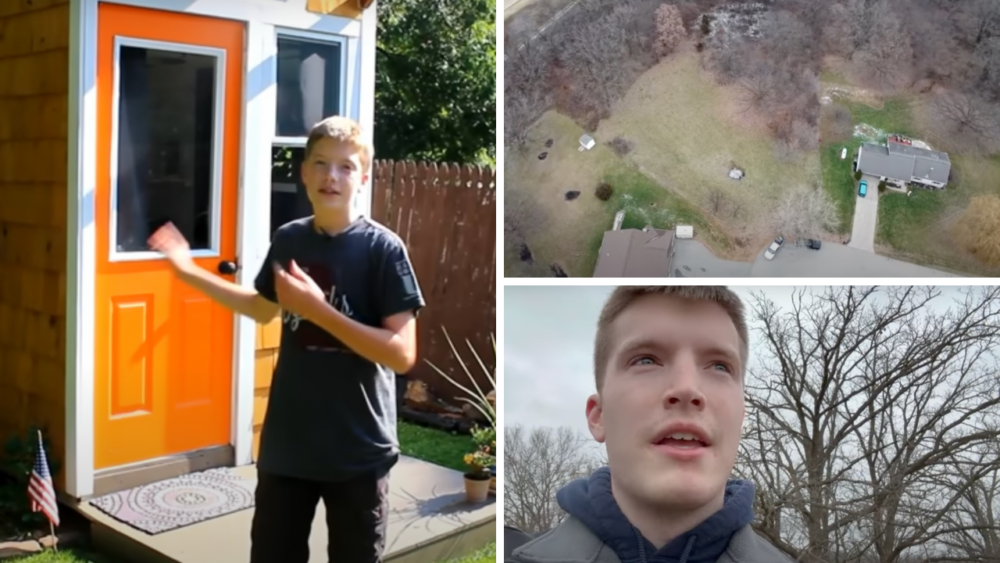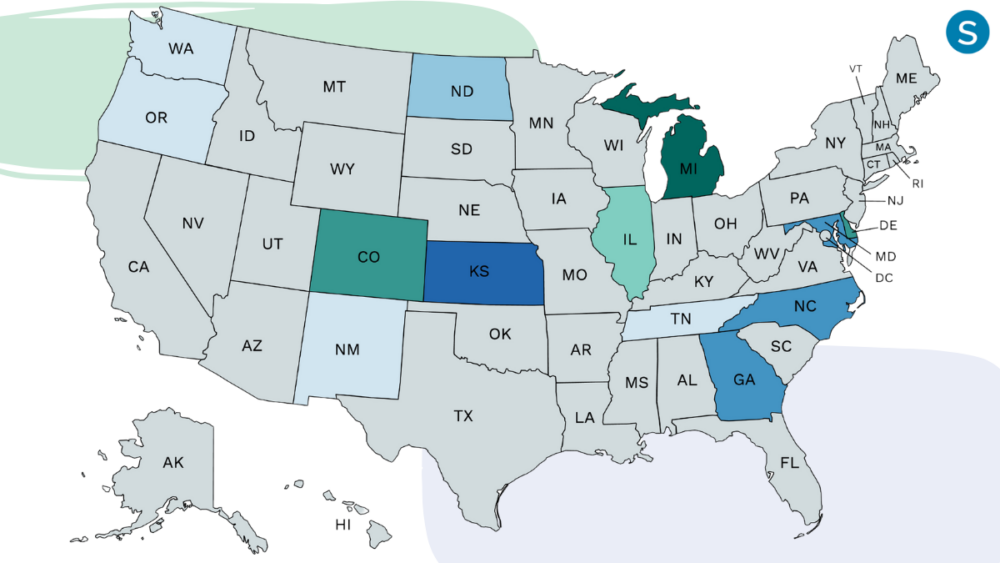A mom posed as an 11-year-old on Instagram and sexual predators contacted her within minutes

With the help of a professional makeup artist and photo manipulation, a 37-year-old mom was transformed into a pre-teen persona, 11-year-old “Bailey.” She posted an innocuous selfie on Instagram and captioned it: “v excitedd (sic) to see my friends this weekend at carly’s party! Ilysm!!” followed by emojis and a #friends hashtag.
What happened next is unnerving: In less than a minute after publishing the photo, two new messages came in from adult men. Within two hours, 15 messages arrived in her inbox, and half of the messages were lewd enough that the sender could be charged with transfer of obscene content to a minor. Throughout the night, the woman playing Bailey fielded seven uninvited video calls and ignored another two dozen. She received multiple requests for nude photos. By the end of the week, a total of 52 men reached out to who they thought was an 11-year-old girl on Instagram.
Sloane Ryan, the pseudonym of the woman who posed as Bailey and has taken on the persona of other girls in similar public-service experiments, is on the Special Projects Team at Bark, a tech company that uses AI to alert parents and schools when children are being targeted by threats, including sexual predators, or experiencing issues like cyberbullying or depression. The team currently monitors 4 million kids and analyzes 20 million online activities per day. (A disclaimer at the end of the story on Medium notes that due to pending criminal investigations, names have been changed, including the author’s.)
Ryan chronicled her entire experience posing as Bailey in an article on Medium, “I’m a 37-Year-Old Mom & I Spent Seven Days Online as an 11-Year-Old Girl. Here’s What I Learned.” The story has touched off a discussion of what it’s like to have a modern-day conversation with kids about “don’t talk to strangers,” factoring in the complicated component of social media and unsolicited messages from online predators.
Several law enforcement agencies also have sting operations to catch online predators.
“When parents think about predators, they think about someone tossing their kid in a trunk and driving off,” Ryan says in her Medium piece. “They don’t think about the unseen abuses that happens online.”
So, she and the team at Bark got the idea of sharing conversations from actual predators. They didn’t want to share screenshots actual children and teens received, being sensitive about not re-traumatizing them. Instead, Ryan took on personas of young girls online to show just how pervasive online abuse can be, with adult men asking obvious minors if they could be their “Instagram boyfriends,” and requesting that they share nude photos and engage in sexual conversations.
In many instances, the predatory grooming messages follow a similar formula. Here are a few examples of the messages fictitious Bailey received:
- “Hi! I was just wondering how long you’ve been a model for?” or “You should be a model.”
- “You’re so pretty.”
- “I’m older than you.”
- “What would you do if you were here, baby?”
Bark alerted the FBI to 99 child predators in 2018 and more than 300 in 2019.
“The brutal reality is that a predator doesn’t have to be in the same room, building, or even country to abuse a child,” Ryan wrote in her Medium article.
We reached out to experts — a psychiatrist, cybersecurity consultant and a licensed therapist — who offered advice for how to protect your children and teens online and how to frame the conversation with your kids on the topic of online predators. Here are their tips:
Limit Phone Use To A Public Room
Allow children to use internet-connected devices in a public room and have parental controls set on all devices, says Dr. Gail Saltz, an associate professor of psychiatry at the New York Presbyterian Hospital Weill-Cornell School of Medicine and host of the upcoming “Personology” podcast from iHeart Media.
Also, don’t allow phone use after bedtime, and keep devices charging in a public room at night, Saltz suggests. She also recommends reserving the right to have your kids’ passwords and be able to do random checks of content for their safety.
Have A Modern ‘Don’t Talk To Strangers’ Conversation
If your child has a phone, spends time on the computer or has any social media presence, you need to talk to them about the risk of predators, Saltz says. In this modern-day version of the “don’t talk to strangers” conversation, let them know if they receive anything at all that’s weird or uncomfortable, they can and should come talk to you.
“Explain that a stranger may start off innocently, and then over time become predatory or abusive,” Saltz says.
Some points to help guide this conversation, according to Saltz:
- Tell your children to not engage in any way with someone they do not know well.
- Be firm but not fear-based in tone.
- Tell them you are always around for questions, but provide them with alternate ideas of who to tell if they ever feel uncomfortable telling you — like a counselor at school or another trusted relative.
- Explain that anything sexual being said to a person under 17 is criminal predatory behavior and they have the right to be protected.
- Explain that people online can easily lie about who they are and what they do. Explain to your child that they are the innocent party and need to get help, no matter what anyone says to them online.
- Let them know that you will not be mad at them for anything someone writes or sends to them.
- Explain that they should never ever take or send pictures of their body to anyone.
Have A Series Of Conversations
It’s not enough to just have one conversation about online safety, says Chelsea Brown, the CEO of Digital Mom Talk and a certified cybersecurity consultant for businesses and families. Instead, it should be a series of evolving conversations and reminders talking about what can happen online and how a child can handle the problem and present the problem to a parent.
It’s also helpful to maintain an open-door policy so that children can approach their parents without repercussion or consequence about issues they are facing, like someone sending them obscene images or an adult chatting with them online, Brown says. Make sure your child does not feel ashamed or as if they would be in trouble for receiving these messages.
Consider An App To Monitor Online Activities
It likely won’t be realistic for parents to always be available 24/7 to monitor their children’s mobile devices. But tbere are a variety of apps that can help in monitoring children’s online activities, says clinical therapist Joseph Tropper, a licensed clinical professional counselor with Core Wellness in Baltimore.
“Parents can set phone time limits, filter web content through parental control and track text messages,” Tropper says.
The Takeaway
Certainly, today’s digital landscape and the presence of social media create new challenges when it comes to protecting your children’s safety — which is deeply underscored by the online experiment that the team at Bark ran and published on Medium.
But, having a plan in place that includes candid conversations and parental controls can help reduce the risk of your child being approached by predators, experts say.
Tropper’s best tip, he says, is for parents to set good examples to their children when it comes to opening up oneself during conversations. Be authentic and make your child feel comfortable in the conversation by asking questions and listening.
“This puts you and your child you’re talking with at ease,” he says.








